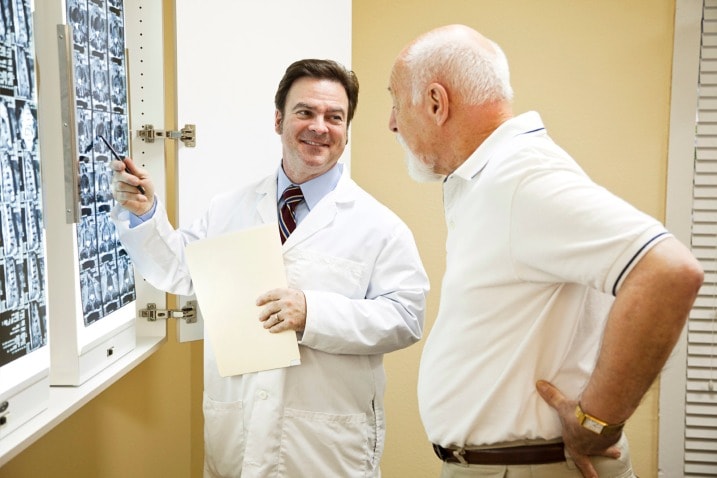While massaging seats sound idyllic, Marks and Shamie aren't impressed with their effect on relieving back pain.
"I don't think there is any real scientific evidence they have any impact on the back," Marks says. Turning on a heated seat first thing on a chilly morning, however, might help the back feel less stiff, he says.
Getting the Hang of Lumbar Support
For lumbar support to do its job, it's important to adjust it correctly. Marks says the goal is to provide enough support with the seat to maintain lordosis, which is the natural curve of the back and spine just above the buttocks.
"You want something to support that," Marks says. Otherwise, he says, the back "wants to curve like an angry cat. And that stretches out the ligaments and back muscles." Or, as Shamie puts it: "Look for a seat that fills in the gap that the small of the back leaves."
